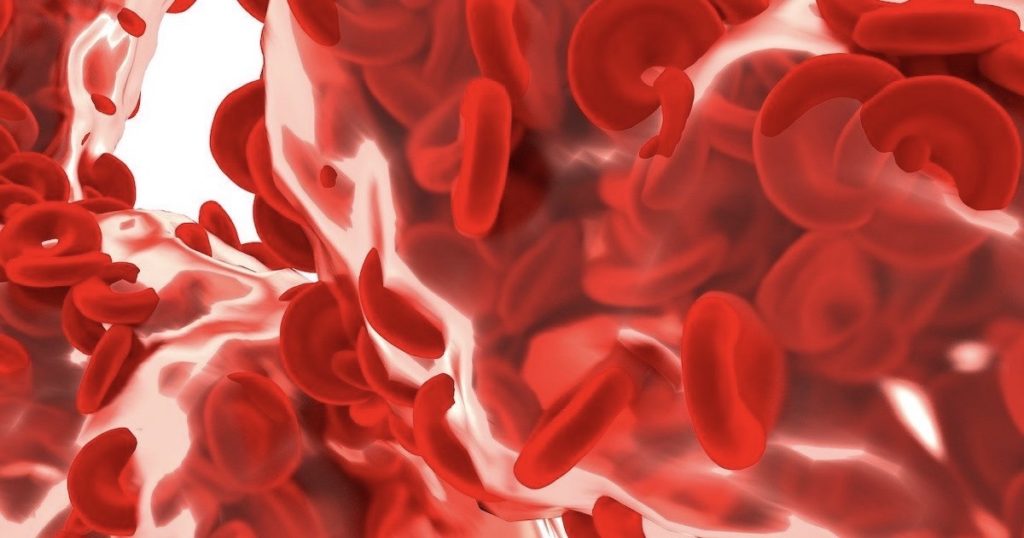Blood
Engineering Prowess of Blood Clotting
The vertebrate blood coagulation system is a delicately regulated marvel that helps maintain the integrity of the circulatory system. Over 20 years ago, Michael Behe argued it was an example of an irreducibly complex system. Does Behe’s claim still hold up today? On a new episode of ID the Future, I spoke with my fellow Scotsman Dr. Jonathan McLatchie about his recent article series examining claims that an evolutionary pathway has been identified for this incredible process. McLatchie is a Fellow and resident biologist at Discovery Institute’s Center for Science and Culture. He holds a Bachelor’s degree in Forensic Biology, a Masters degree in Evolutionary Biology, a second Master’s degree in Medical and Molecular Bioscience, and a PhD in Evolutionary Biology.
In their conversation, McLatchie describes how the blood clotting cascade works and why it poses a challenge for evolutionary theory. “Evolution doesn’t perform particularly well when you need to make multiple co-dependent mutations,” he says. McLatchie explains just how delicately regulated the blood coagulation system is and defends Behe’s argument for the cascade, saying it exhibits irreducible complexity in spades. McLatchie also critiques recent proposals by the late biochemist Dr. Russel Doolittle, who claimed to show a step-by-step evolution of vertebrate blood coagulation. McLatchie notes that Doolittle helps himself to irreducibly complex components, inadvertently helping to confirm Behe’s arguments in the process. Download the podcast or listen to it here.
Go Deeper
Read McLatchie’s three-part Evolution News series on the blood clotting cascade:
Watch Michael Behe’s Secrets of the Cell episode on the blood clotting cascade.

